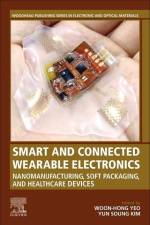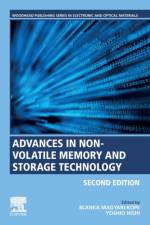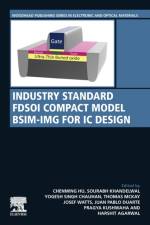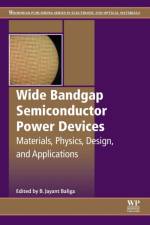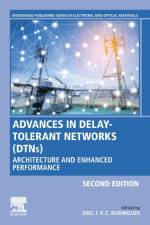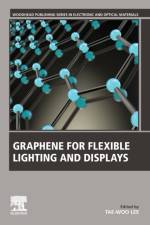3 201
Fundamentals and Sensing Applications of 2D Materials provides a comprehensive understanding of a wide range of 2D materials. Examples of fundamental topics include: defect and vacancy engineering, doping and advantages of 2D materials for sensing, 2D materials and composites for sensing, and 2D materials in biosystems. A wide range of applications are addressed, such as gas sensors based on 2D materials, electrochemical glucose sensors, biosensors (enzymatic and non-enzymatic), and printed, stretchable, wearable and flexible biosensors. Due to their sub-nanometer thickness, 2D materials have a high packing density, thus making them suitable for the fabrication of thin film based sensor devices. Benefiting from their unique physical and chemical properties (e.g. strong mechanical strength, high surface area, unparalleled thermal conductivity, remarkable biocompatibility and ease of functionalization), 2D layered nanomaterials have shown great potential in designing high performance sensor devices. Provides a comprehensive overview of 2D materials systems that are relevant to sensing, including transition metal dichalcogenides, metal oxides, graphene and other 2D materials systemIncludes information on potential applications, such as flexible sensors, biosensors, optical sensors, electrochemical sensors, and more Discusses graphene in terms of the lessons learned from this material for sensing applications and how these lessons can be applied to other 2D materials


